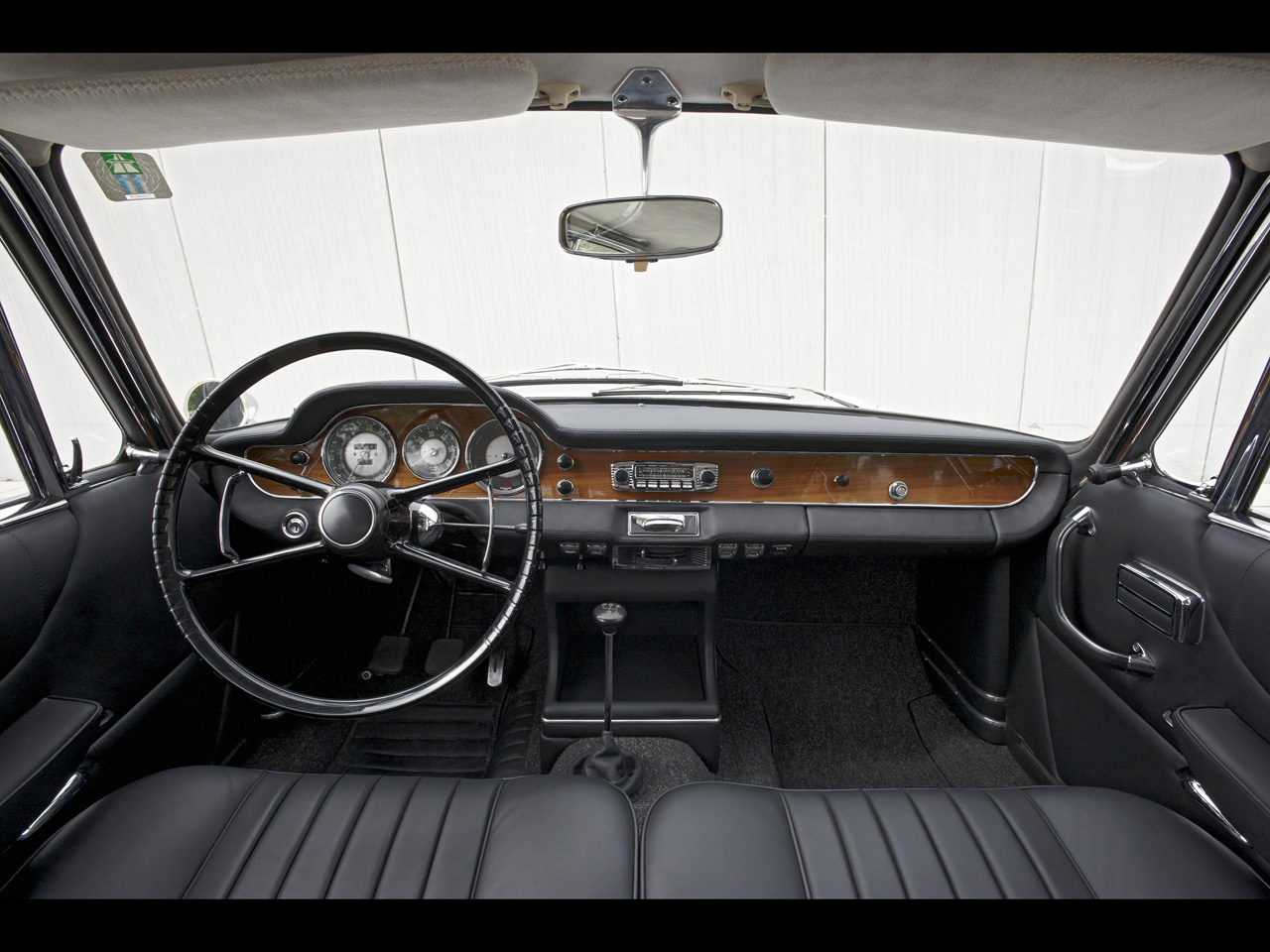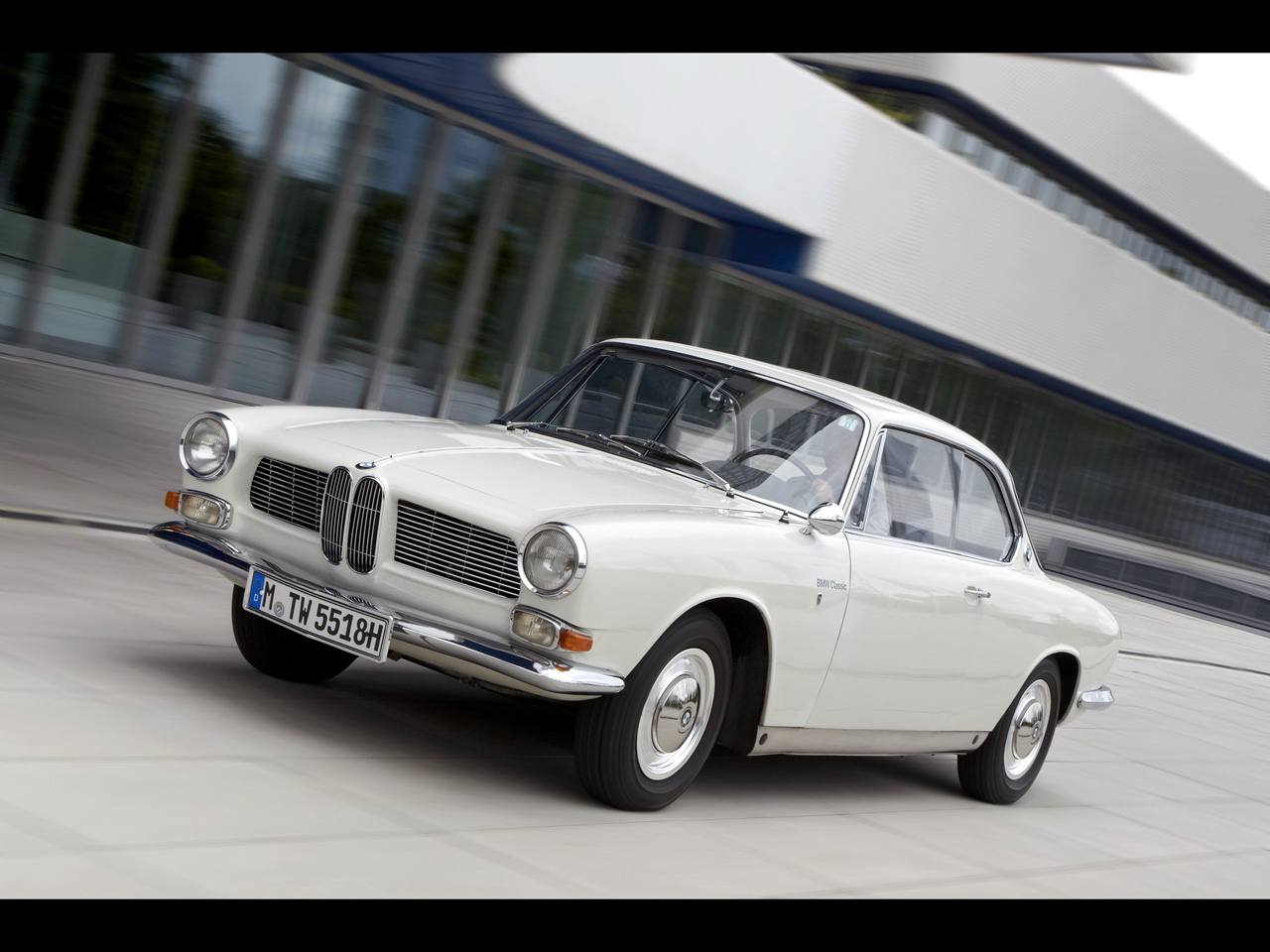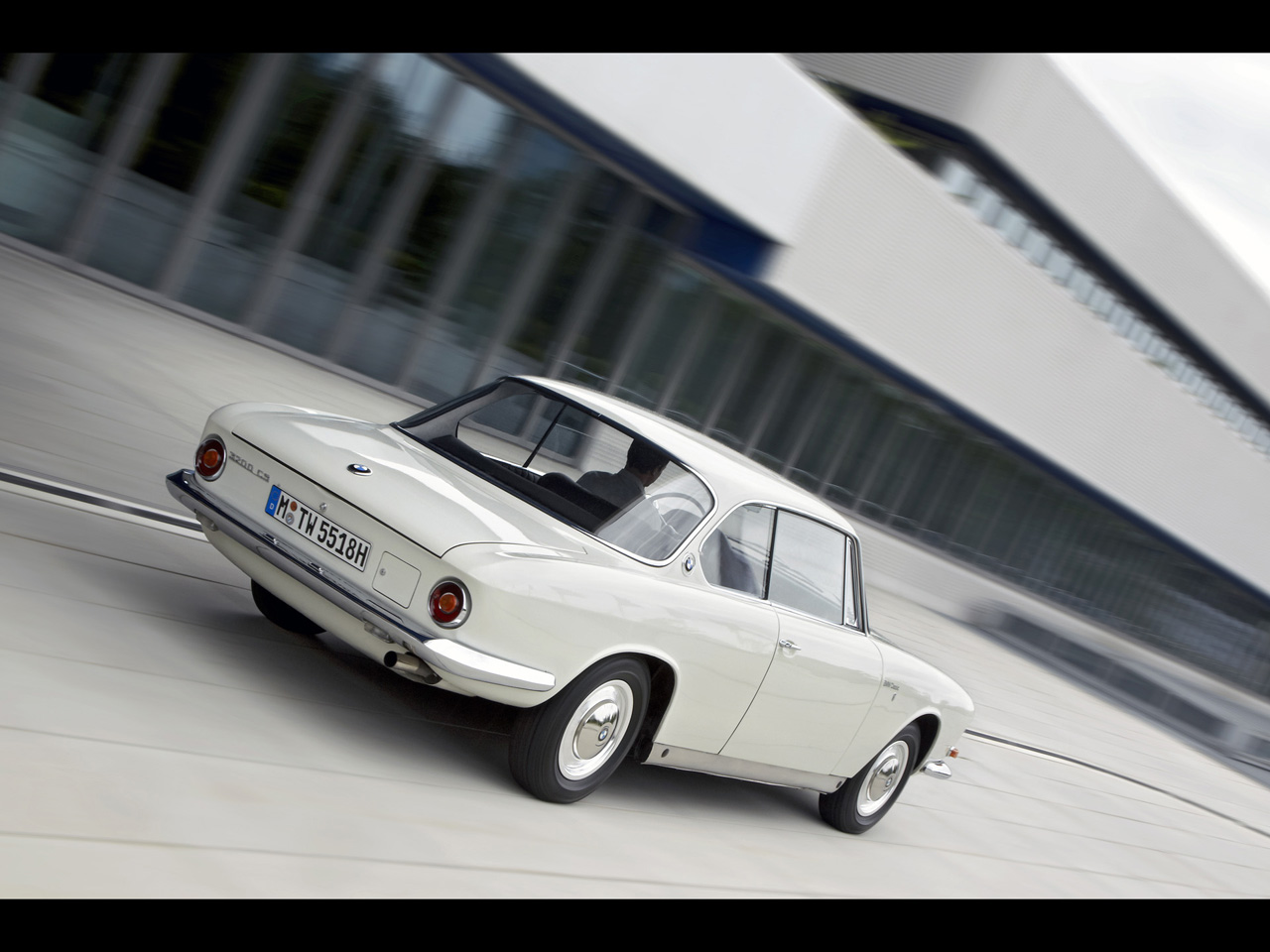1965 BMW 3200 CS Bertone
|
Price |
-- |
Production |
-- | ||
|
Engine |
V8 |
Weight |
-- | ||
|
Aspiration |
-- |
Torque |
-- | ||
|
HP |
160 hp |
HP/Weight |
-- | ||
|
HP/Liter |
-- |
1/4 mile |
-- | ||
|
0-62 mph |
-- |
Top Speed |
-- |
(from BMW Press Release) Driving pleasure, lightness, elegance: from the BMW 3200 CS to the BMW 3.0 CSL.
In 1962, a coupe made its debut, the successor to the BMW 503; the design leaned towards the Italian flair prevalent at the time and expressed this idiom with even more intensity. Nuccio Bertone, a coachbuilder from Turin, designed a sporty, elegant and yet remarkably spacious dress of steel for the BMW 3200 CS. An unmistakable element of the design was the Hofmeister Knick, or Hofmeister Kink, integrated into the look of the side windows, something used for the first time on a two-seater. This design element was named after BMW's Head Designer Wilhelm Hofmeister and is an opposed curve at the base of the C-pillar, something which still distinguishes BMW automobiles today. The BMW 3200 CS was powered by a 160 hp V8 engine, had a top speed of 200 km/h and above all symbolised an air of assured prestige in the luxury segment, in addition to its confident sportiness.
The trend towards lightness, the Italian influence, was carried through to the design of the next generation of coupes. In 1965, two four-cylinder models were launched, the BMW 2000 C with 100 hp and the BMW 2000 CS with 120 hp. Their independent coupe bodywork forms were complemented with striking design elements by Wilhelm Hofmeister. The filigree roof construction with slender A and C-columns including the Hofmeister Knick blended well with an unmistakable front section with trapezoidal headlights and an accented, slim BMW kidney contour on the radiator grille. The powerfully expressive design, sporting driving characteristics, which included an automatic transmission, met with great approval and rapidly resulted in very substantial sales figures.



